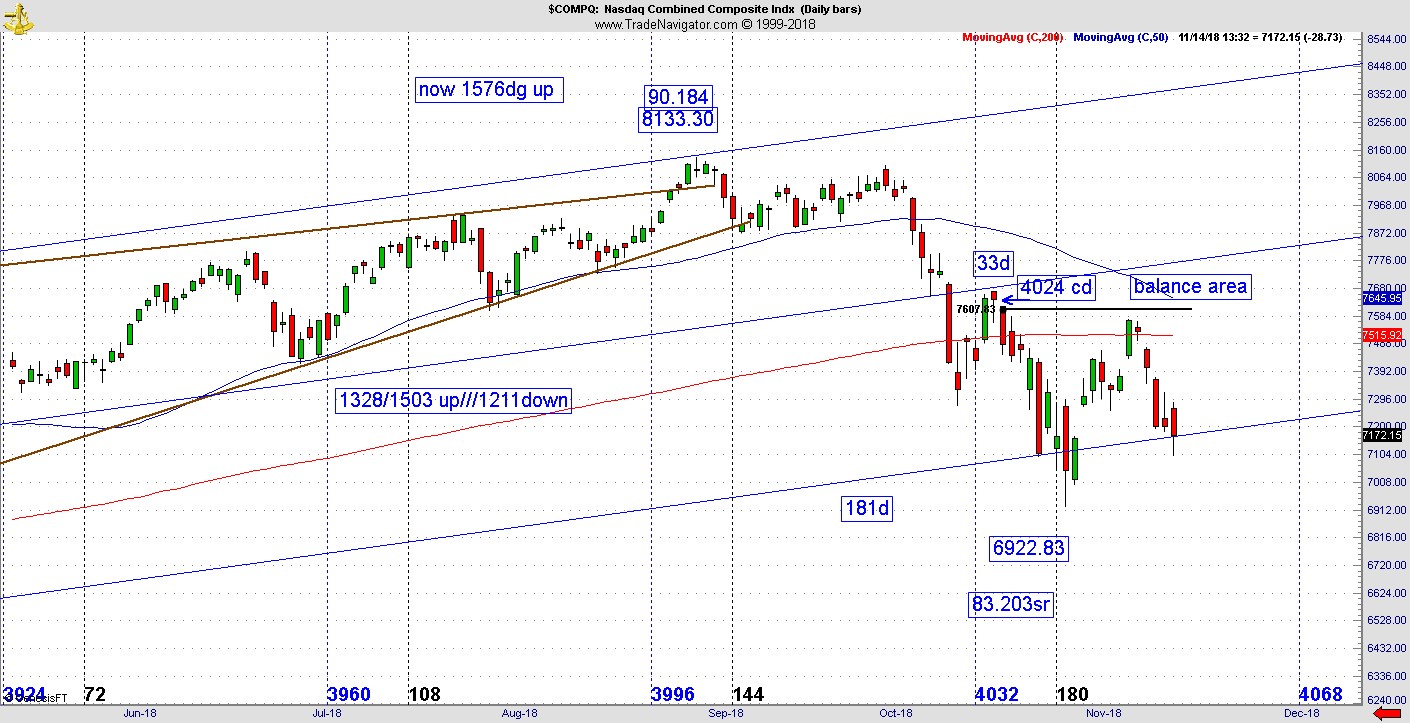As you know from the famous pool table scene in Eyes Wide Shut, life goes on until it doesn’t. For the market, the bull goes on until it doesn’t, writes Jeff Greenblatt on Wednesday.
One never realizes the long-term trend has changed until it's nearly too late. In a new bull, the market climbs a significant wall of worry due to the fact it is a leading indicator and the economic fundamentals remain bad for at least 6 months to a year before the first rays of sunshine come into focus.
In my case, bear calculations are complex. It took months for me to realize the square root of the S&P 500 (SPX) bear market at 666.79 was 25.82 and that lined up with the top of the 1987 market prior to the crash which was 258 months to the bottom. When I saw that, I knew something significant happened.
On the other side of the coin, when a market turns at the top, many people remain long because they are preconditioned to buying every dip and pullback. After all, buying the dip has been a successful strategy for years. What makes this one any different?
One of the biggest issues facing traders in these kinds of environments is something called normalcy bias. The dictionary definition is that people underestimate both the probability of a disaster and its effects because they believe the situation will remain normal because it always has.
I’m not saying we are facing disaster. Let’s be clear about that. What I am saying is the situation with financial markets could be drastically different going forward. Economists and intermediate level traders tend to project the outcome of the next 12 months based on the results of the prior 12 months.
Some of you have experienced the bear, but many new traders haven’t, which is my concern. In past updates I’ve shown you very good readings for the high. In fact, I did that back in January as well and some markets only made marginal new highs which has contributed to the sense of complacency.
This time I’ve figured out the Kairos readings much quicker than in 2009. We had a great long-term reading on October 1 for the NDX. Practically the whole month of October was down but we’ve had an intense rally the first week of November.
There are several things to take under advisement at this time.
First of all, markets are coming to the bullish seasonal factor starting after the Thanksgiving holiday. If the bull was returning, that would mean another bullish streak from the end of October through the end of the year. Given this environment, it’s a scenario hard to imagine. The most likely point the bear would hit again had to be this week.
Then we had the election. As stated last week, the market reacted favorably to a split decision because it felt nobody would mess with the economy or the rally phase. But in bear markets, surprises come to the downside.
Since my last post, markets have to deal with headline risk again with the massive election recounts going on in Florida. The market doesn’t like this sort of thing. If you don’t like the uncertainty of the election not yet being decided, neither does the market.
But as traders we need to stay in the chart.
What is about the charts I’ve been looking at? The NASDAQ (IXIC) had an internal bear range of 4024 points. From the top of the 2007 market to October 18 was 4024 calendar days.

On this NASDAQ chart you can see at 4024 days, it became the acceleration point to the second half of the October drop. In my work, that is known as a vibrational balance bar and I was looking at that area as important resistance on any test.
As you can see, this is exactly where the recent retest failed. I wasn’t going to take any rally seriously until that area was taken out. Since the October high comes in at 4023 trading days, that would be the ultimate area of balance line resistance.
A sustained bull push would have to take out both areas. Until that happens, one has to consider the possibility of a bigger bear developing. For now, markets are retesting the recent lows but are close to the bullish seasonal point with the holidays upon us.
The bigger question is whether this year will be different as we obviously have opposing forces coming up against the traditional seasonality.





















